Collection
Media Archaeological Fundus
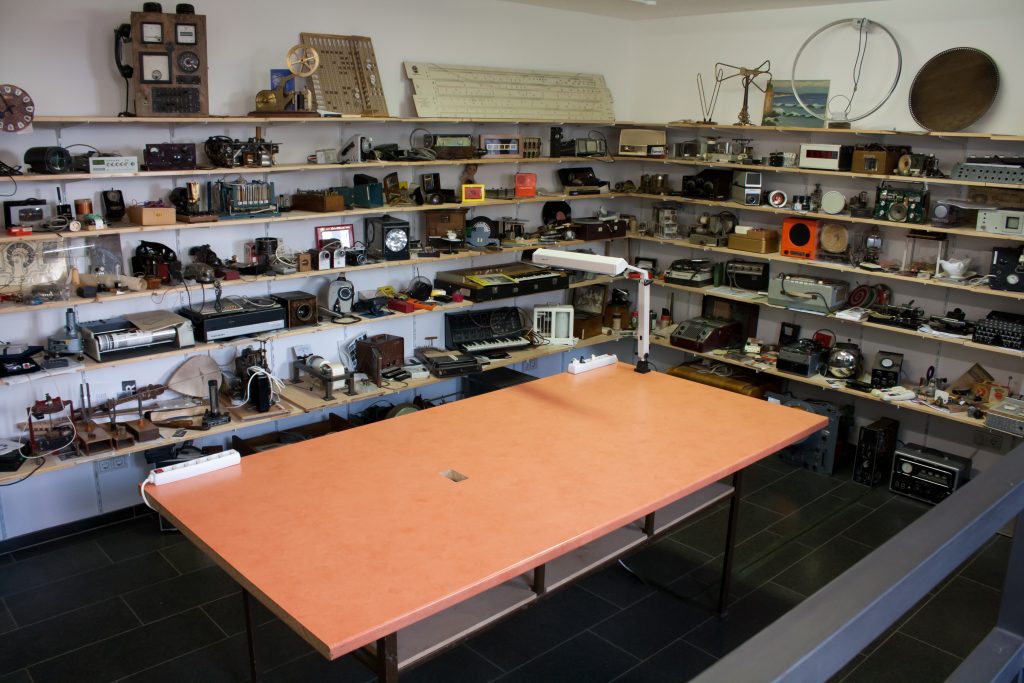
Collection Items
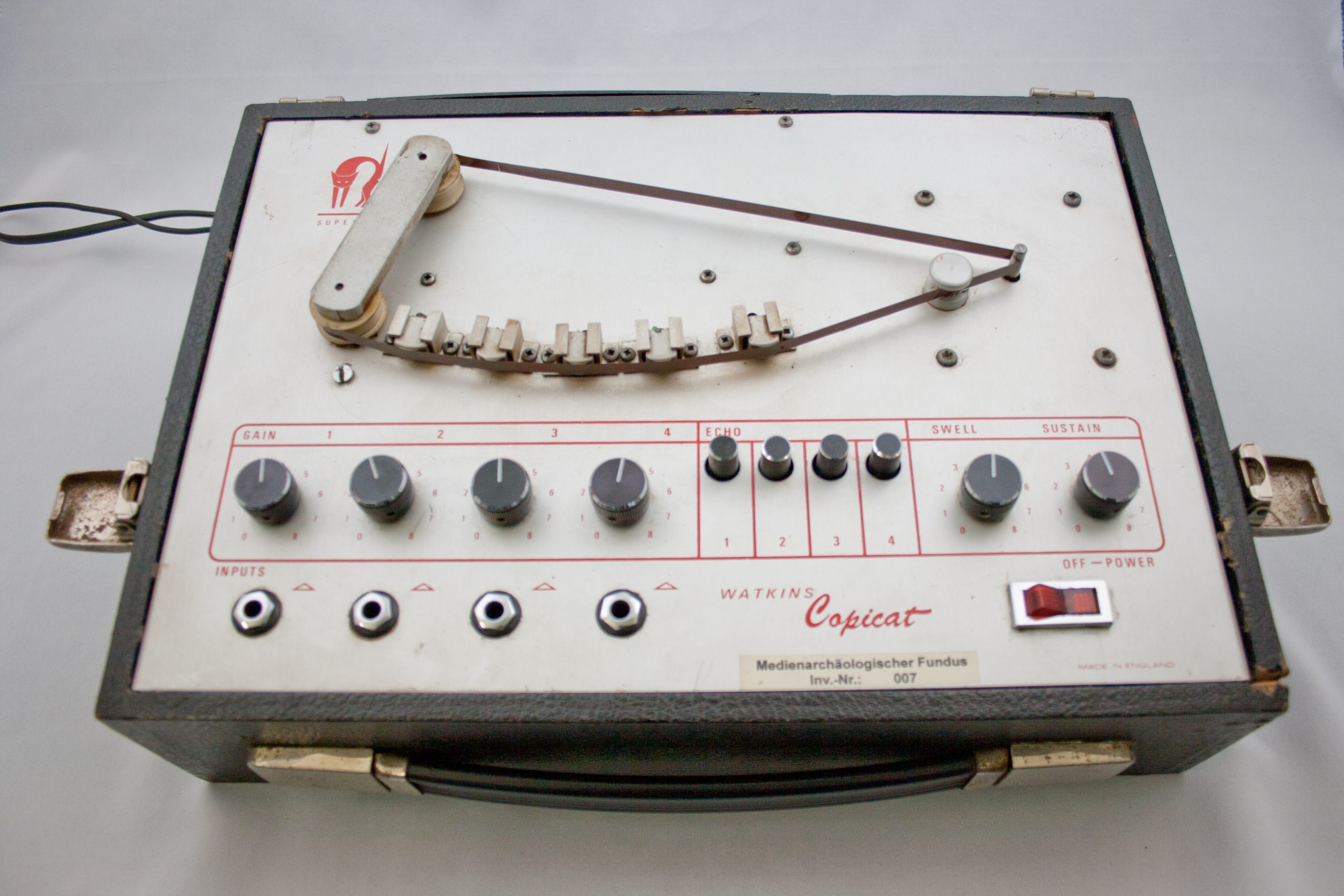
Copicat tape echo Artefacts
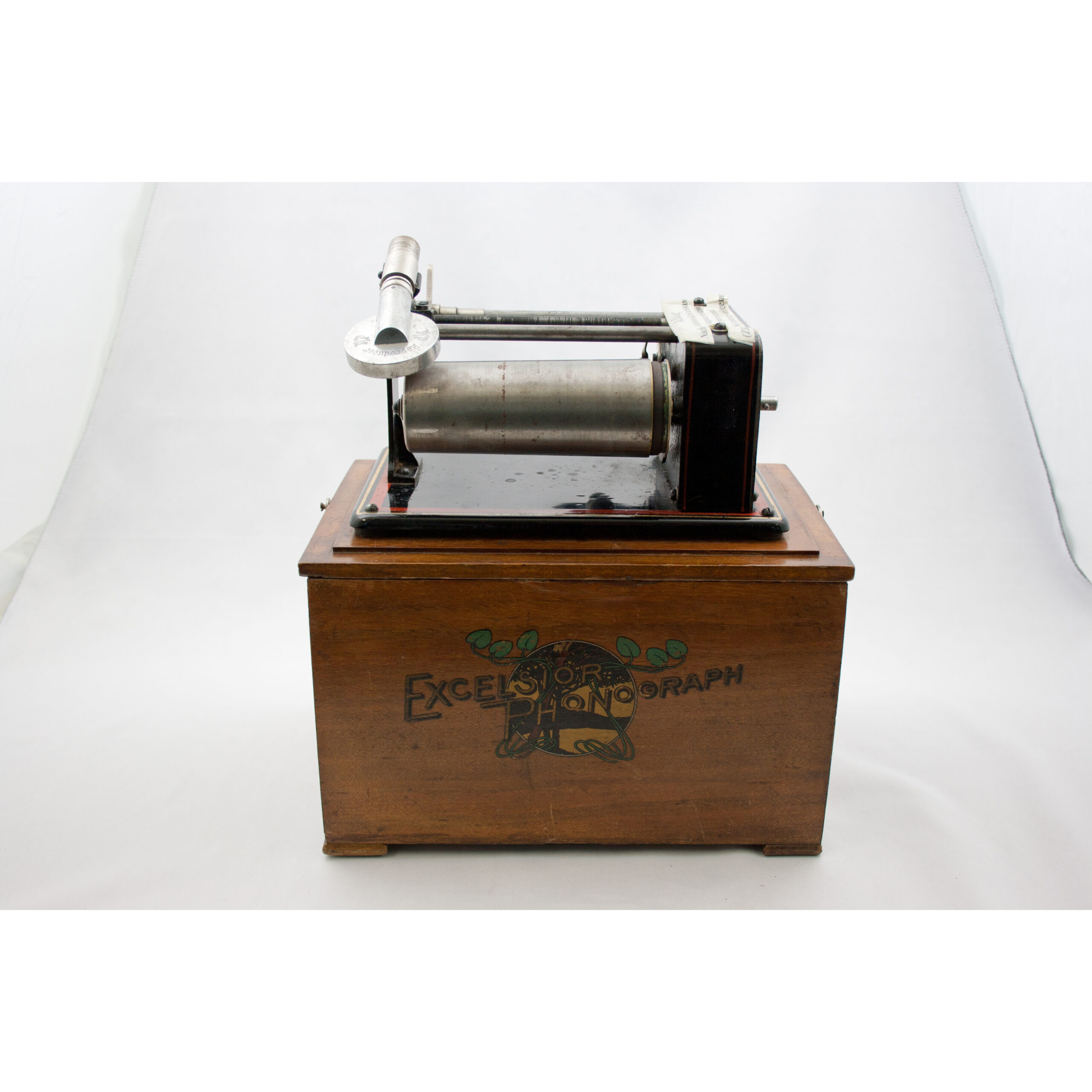
Excelsior Phonograph Artefacts
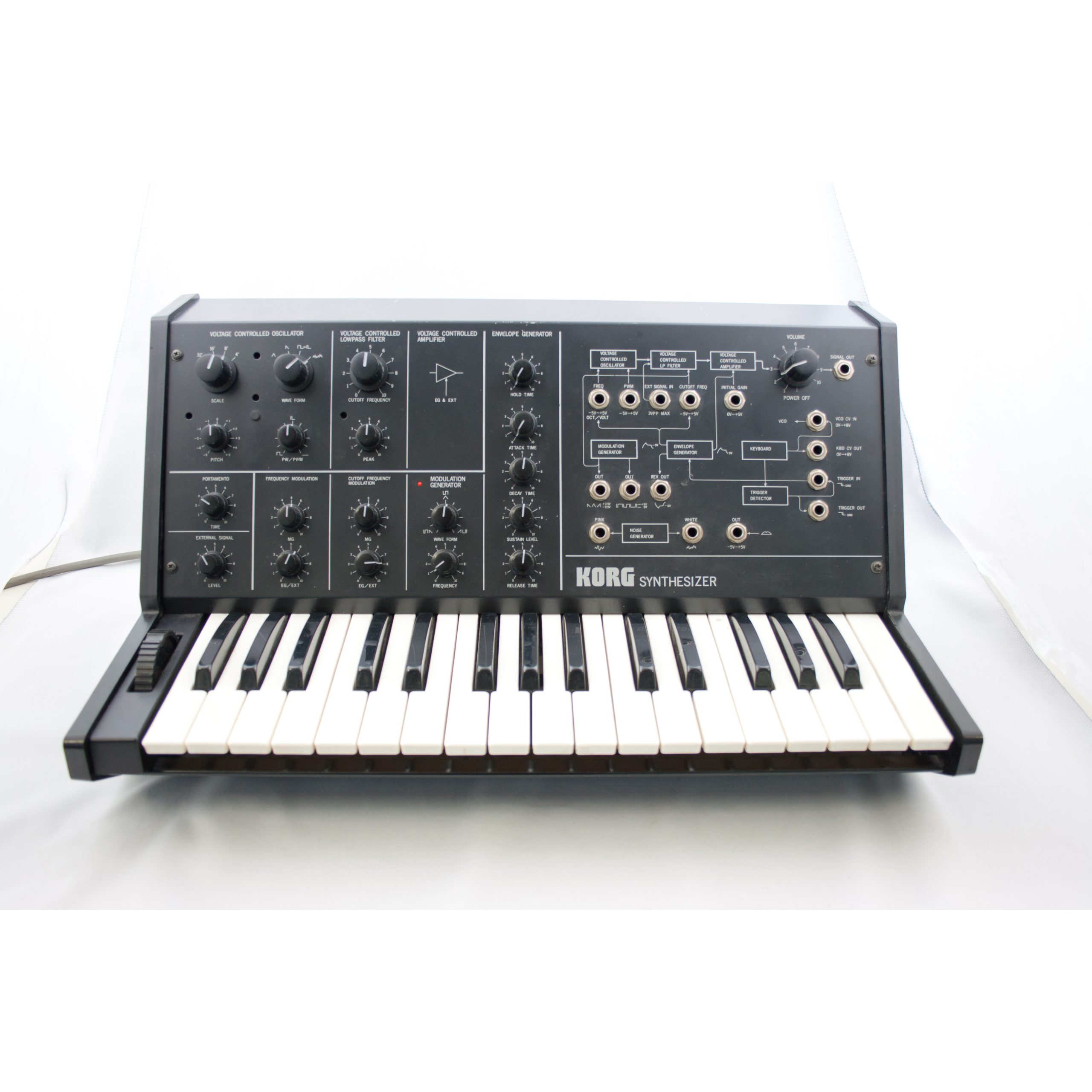
Korg MS-10 analog synthesizer Artefacts
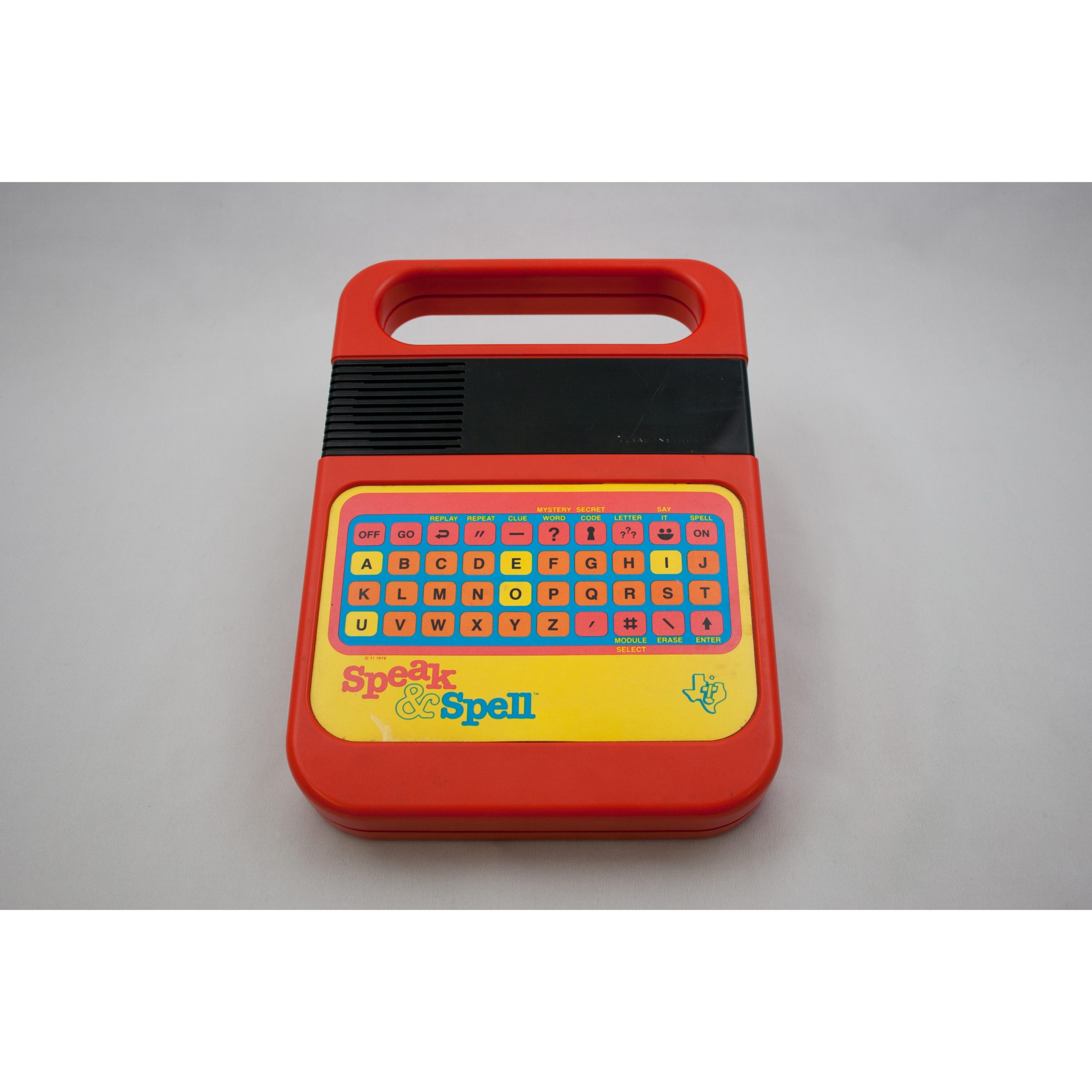
Speak & Spell toy computer Artefacts
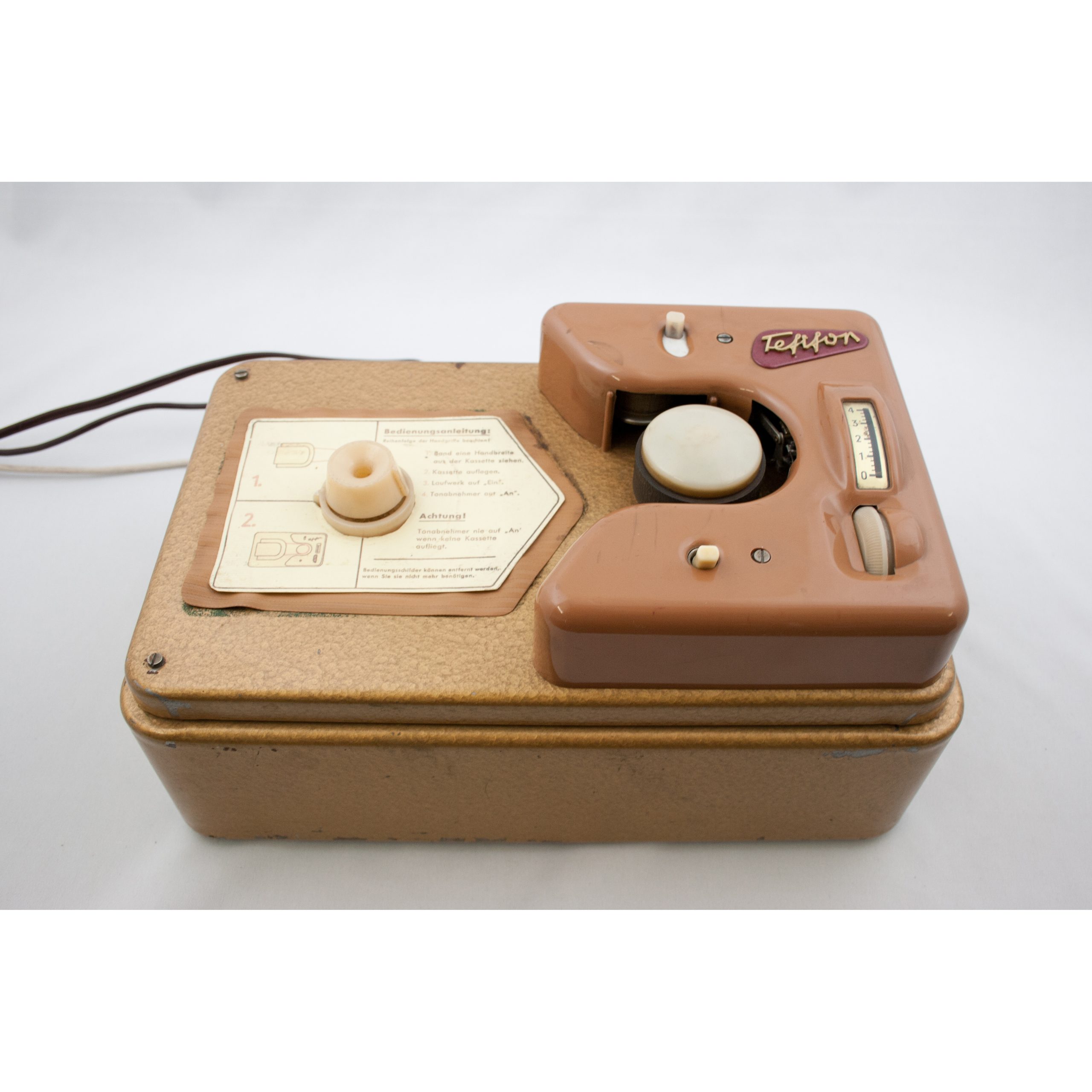
The Tefifon tape player Artefacts
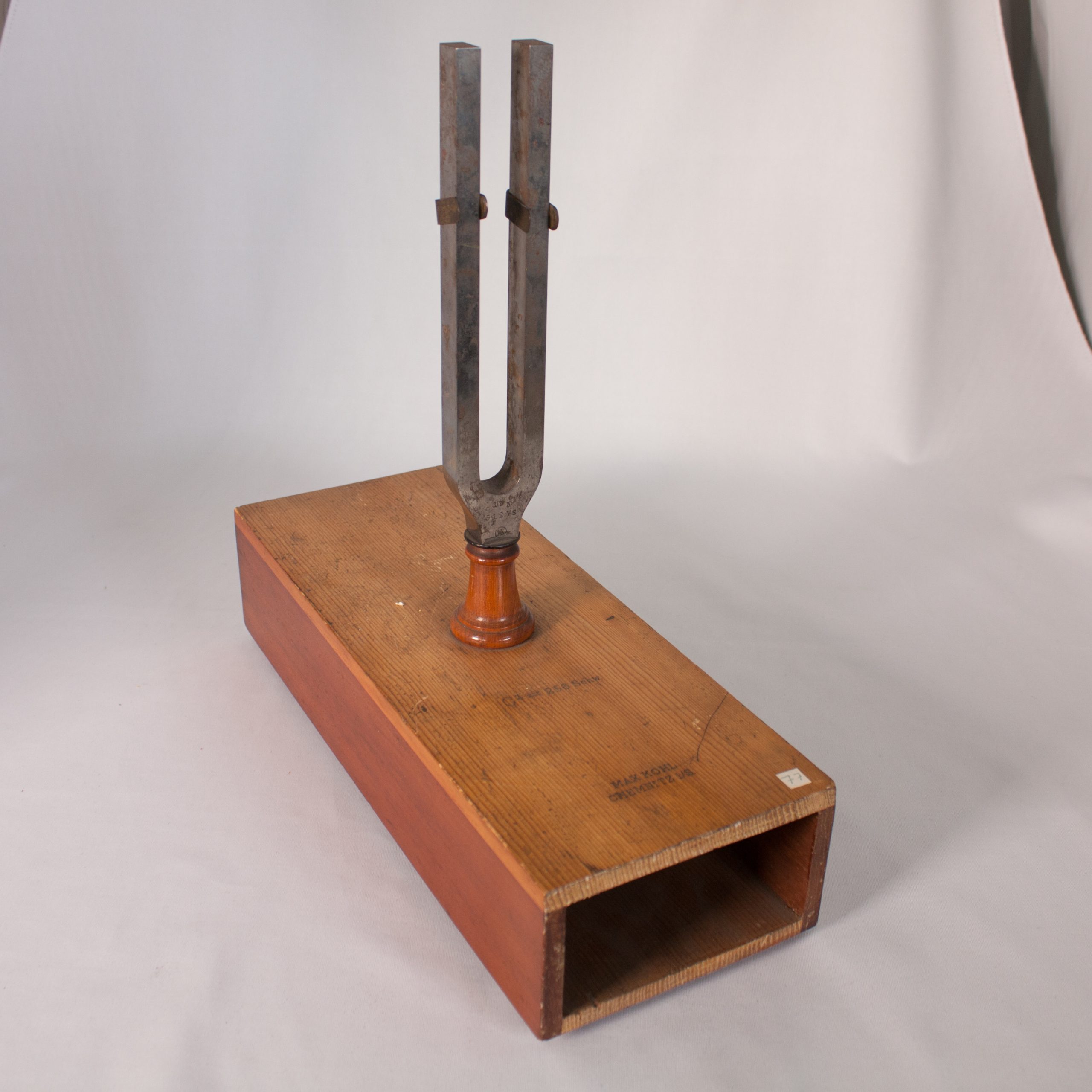
Tuning forks owned by the Media Archaeological Fundus Artefacts
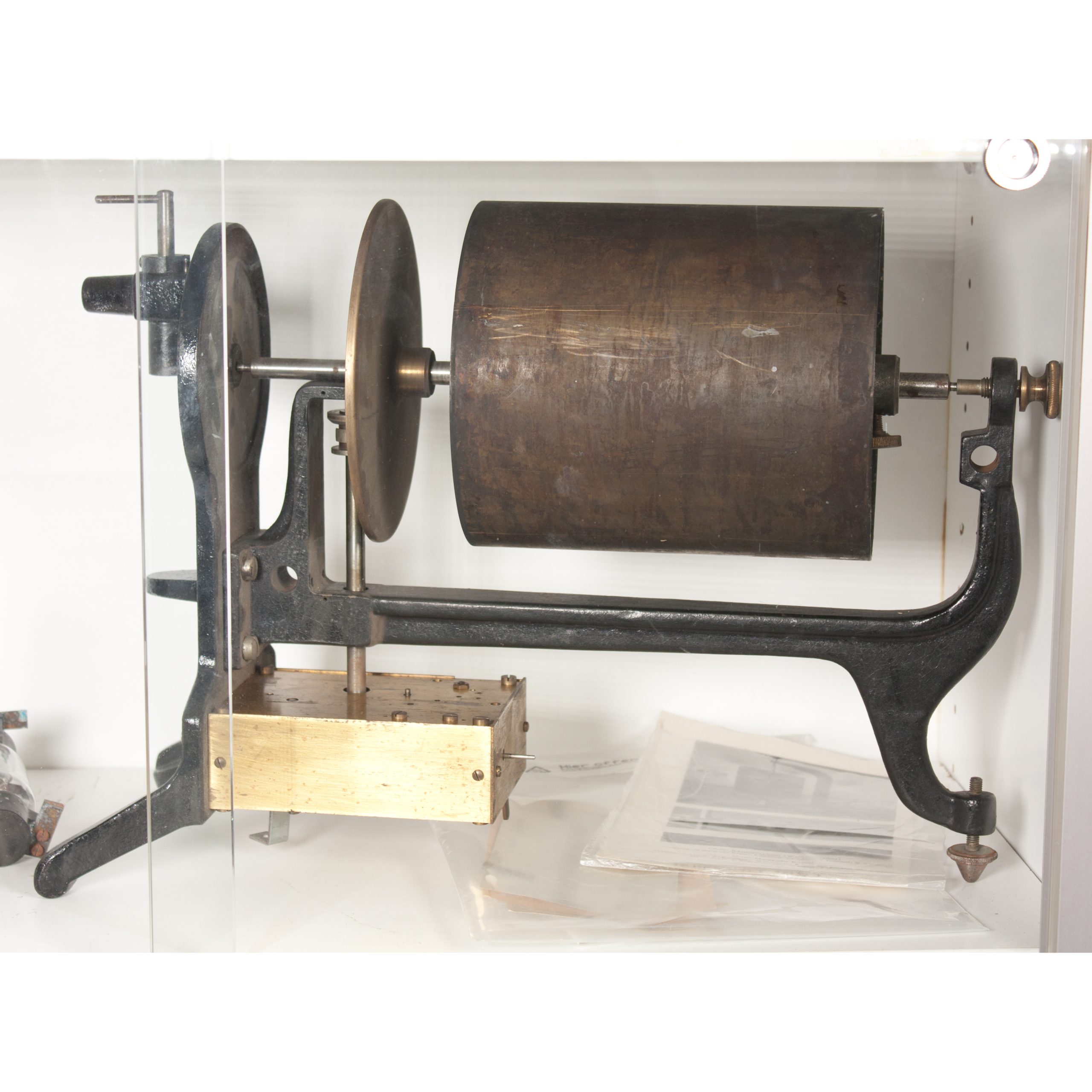
Kymograph Artefacts

Dictaphone dictation machine Artefacts
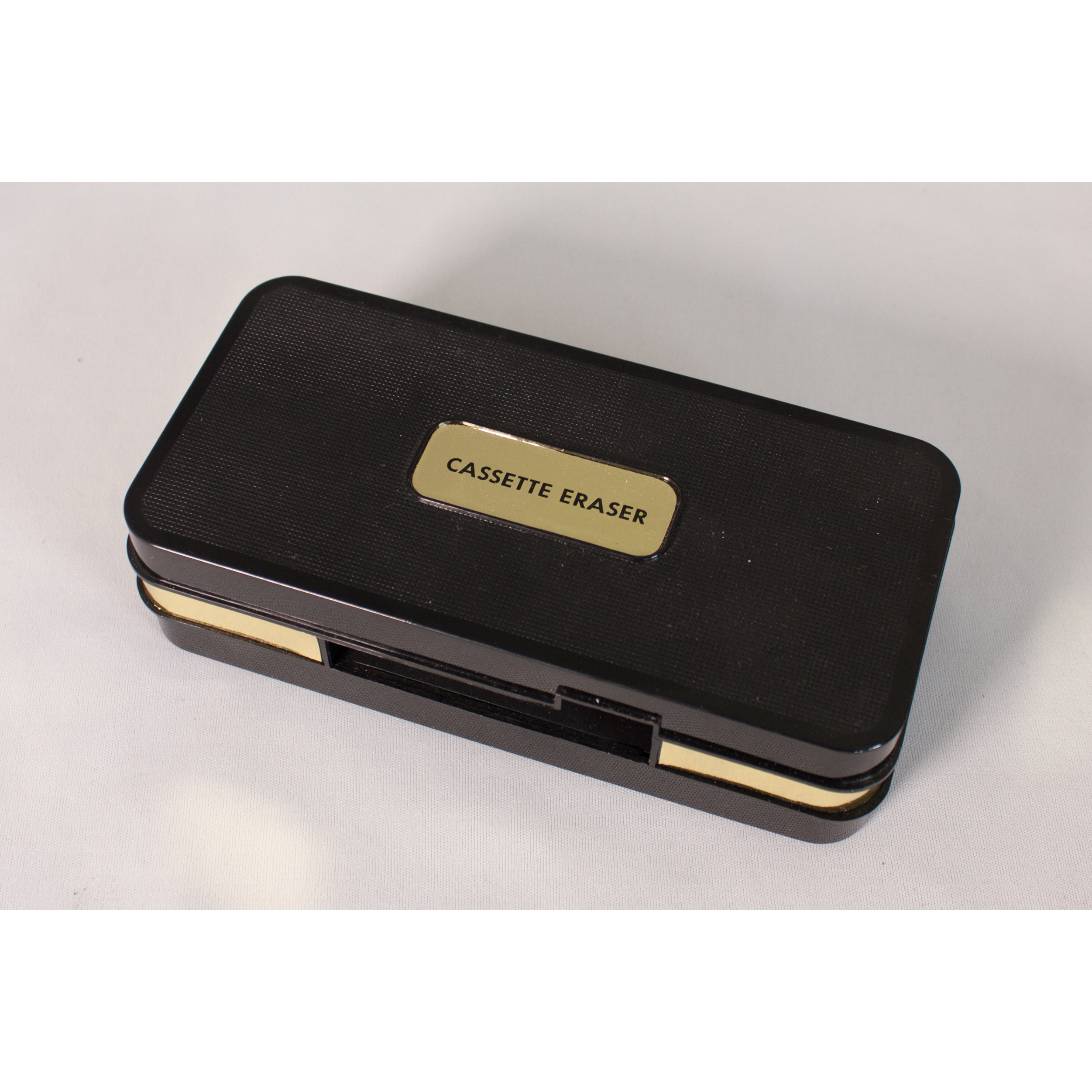
Cassette eraser Artefacts
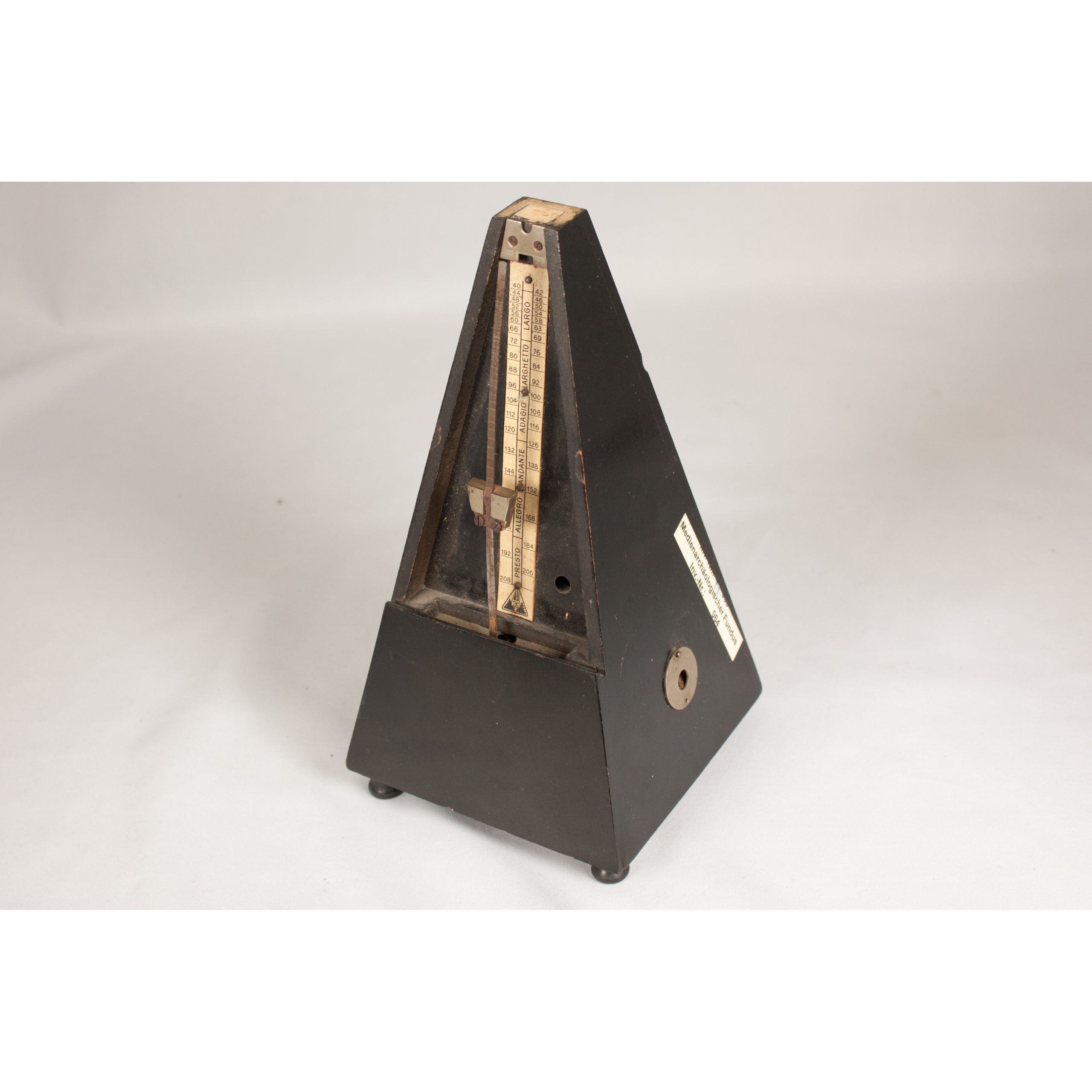
Metronome Artefacts
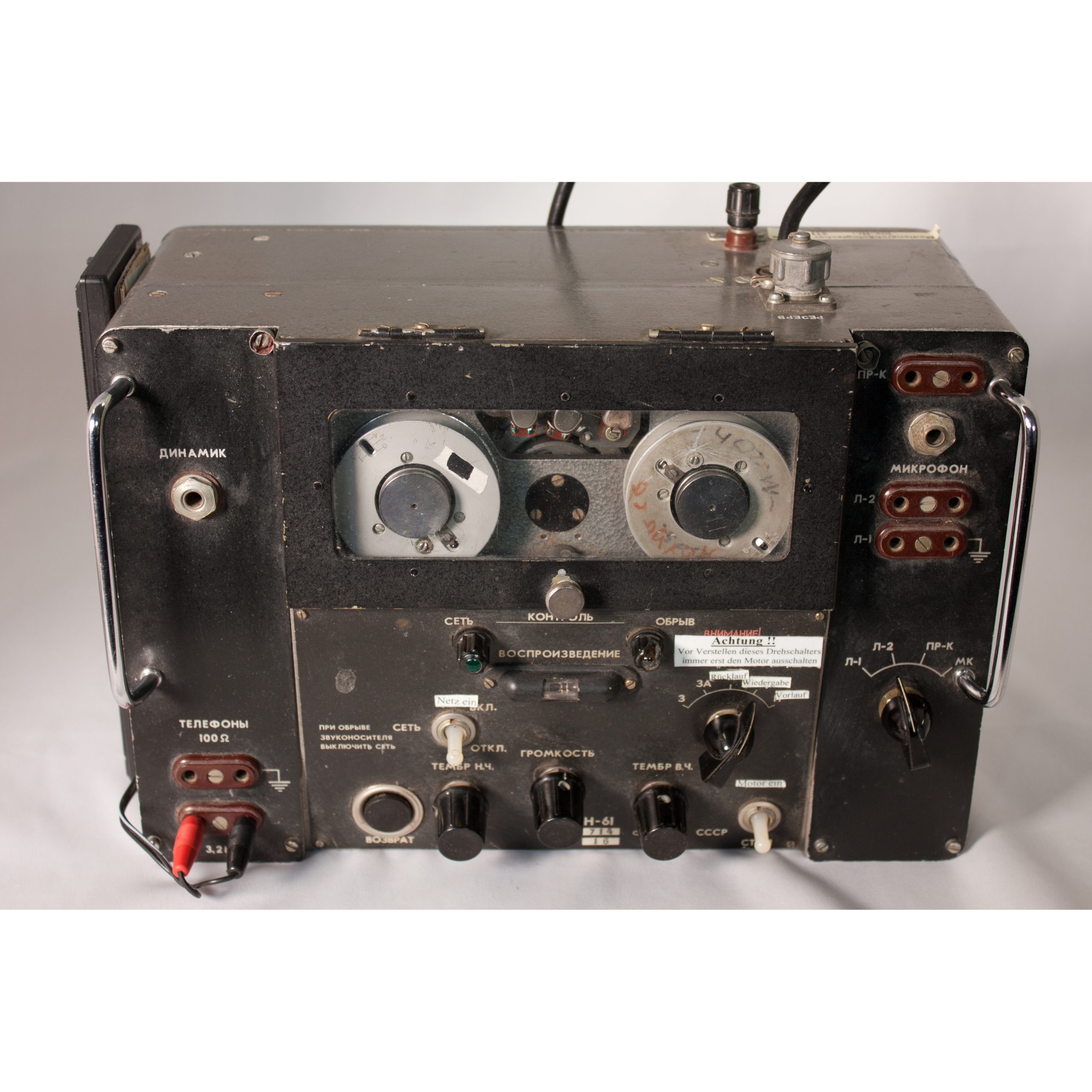
MN-61 wire recorder Artefacts
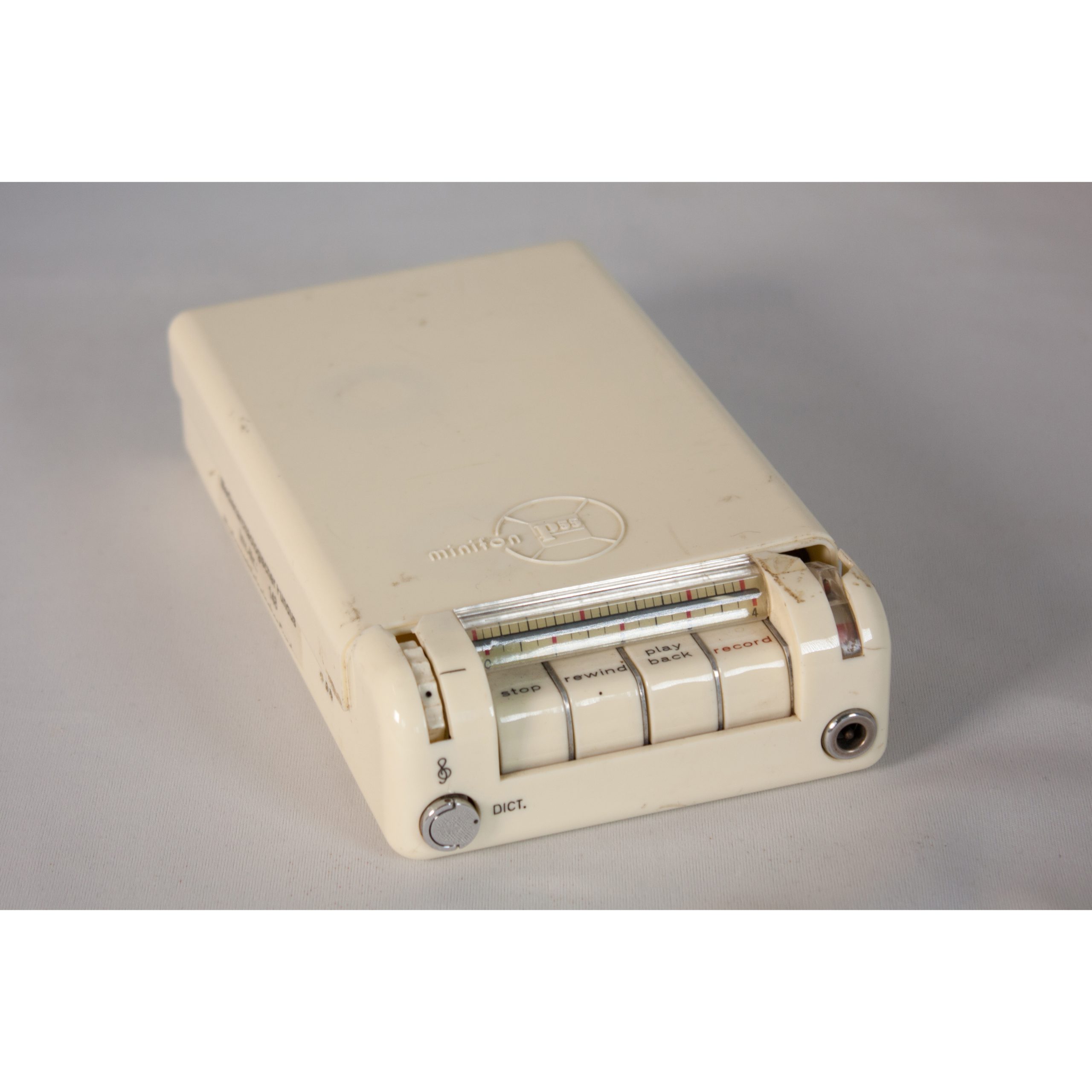
Minifon P55 portable wire recorder Artefacts
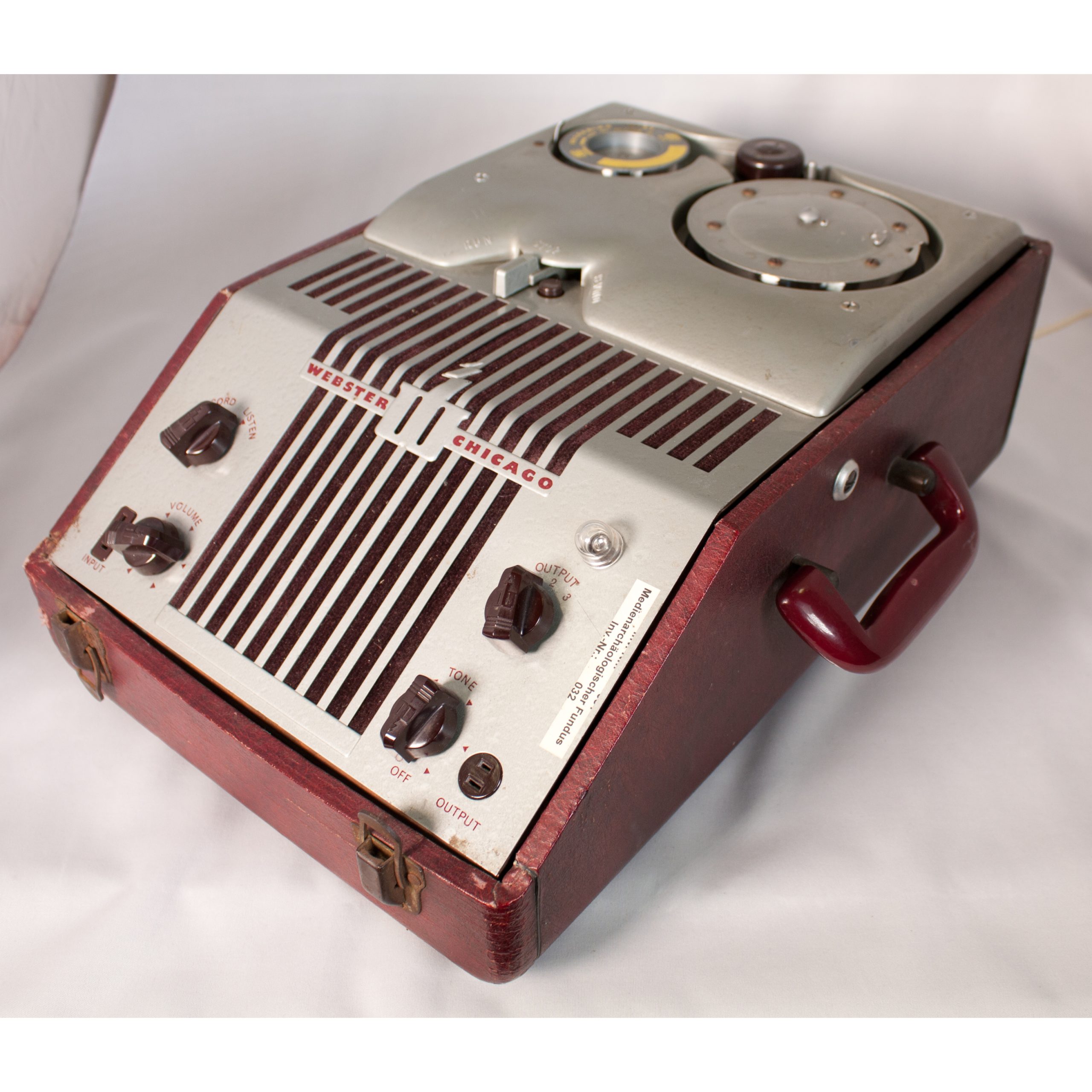
The Webster Chicago wire recorder Artefacts
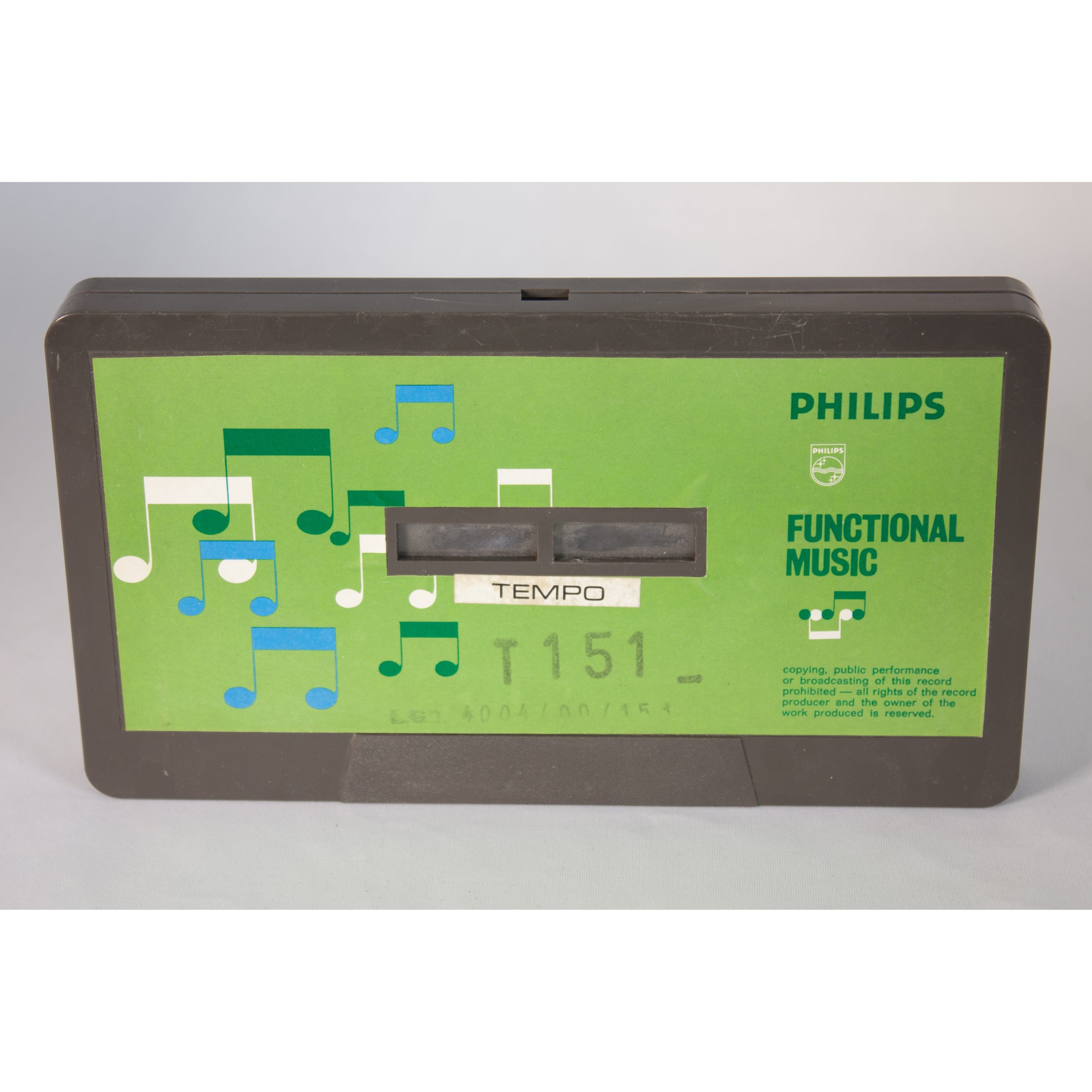
Philips cartridge Artefacts
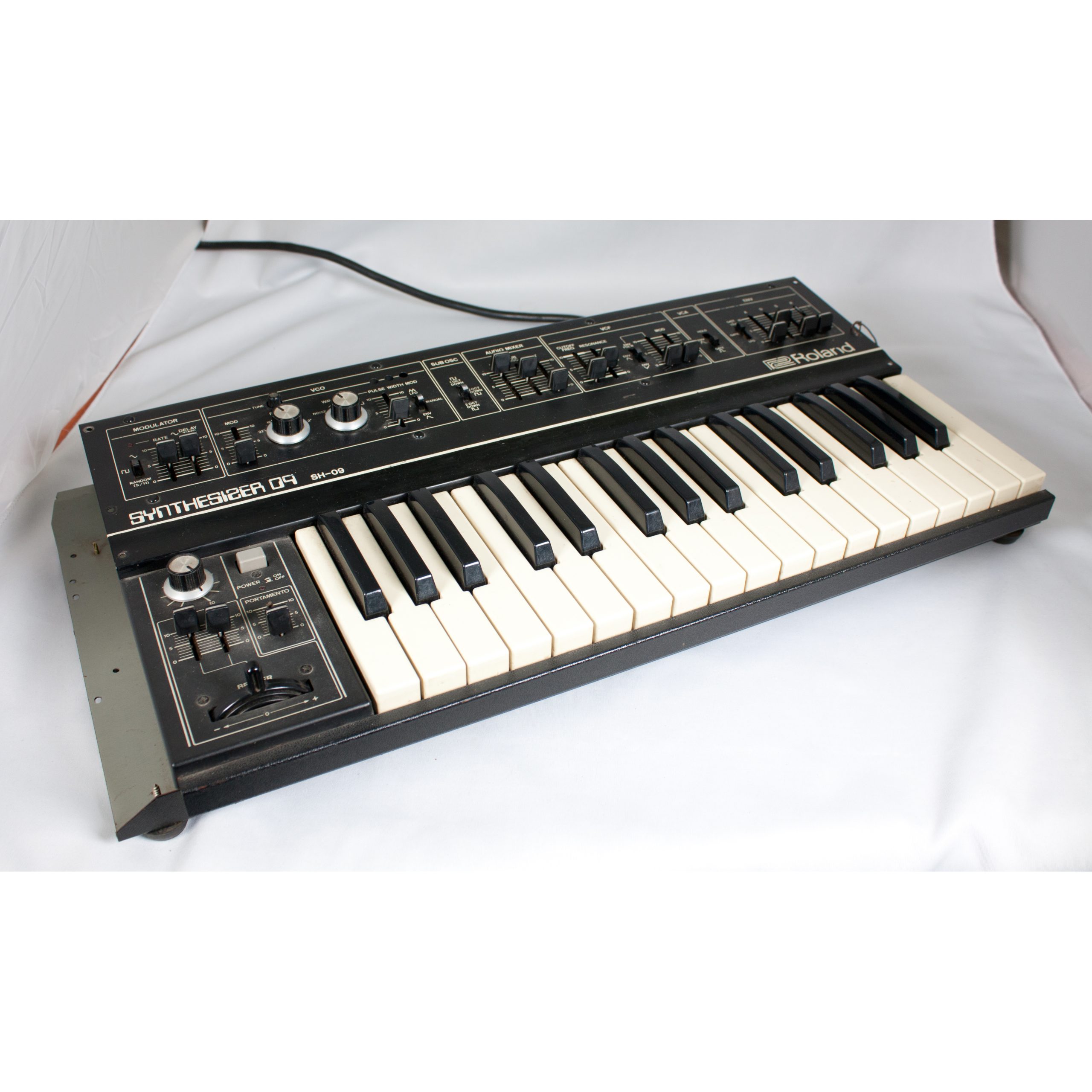
Roland SH-09 analog synthesizer Artefacts
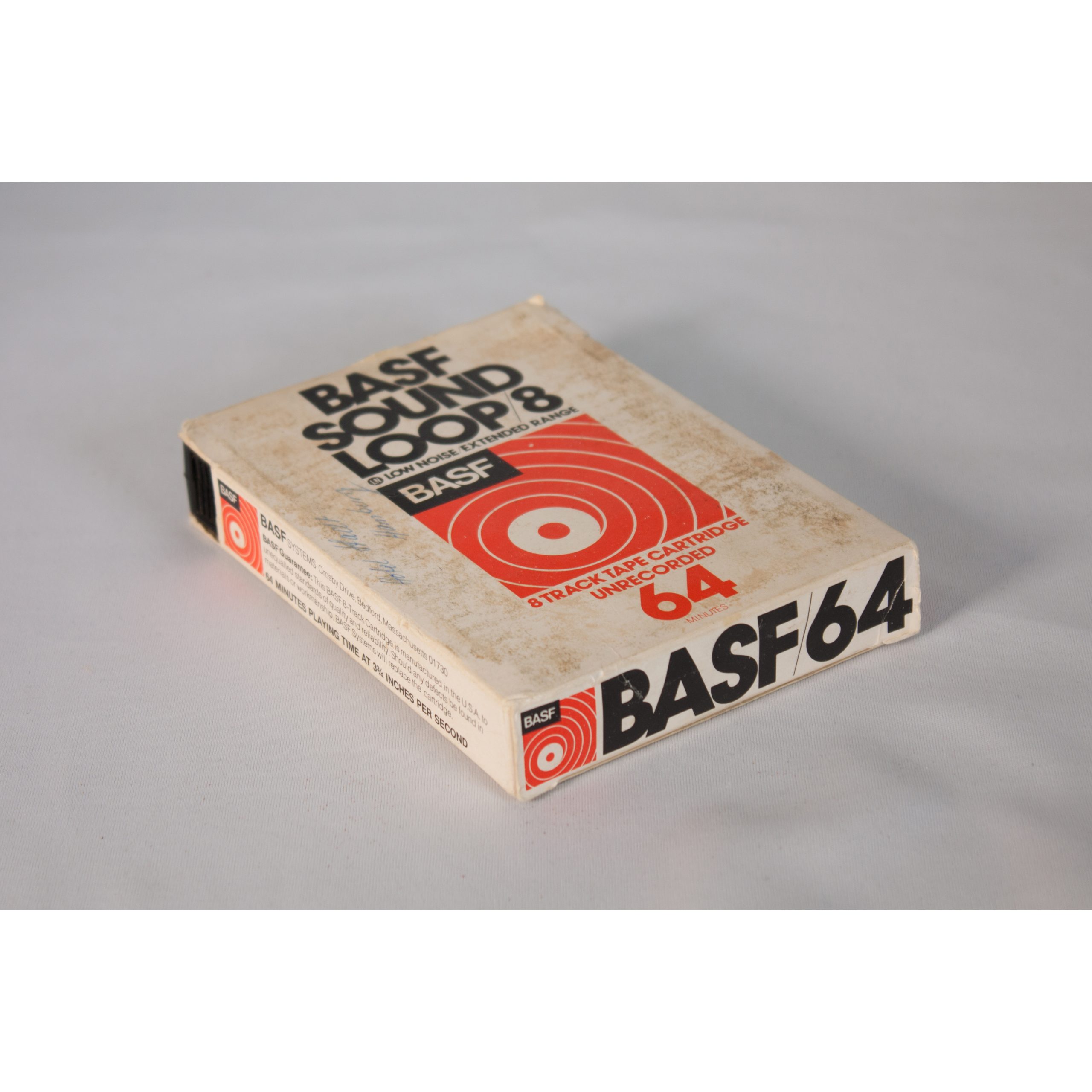
8-track tape Artefacts
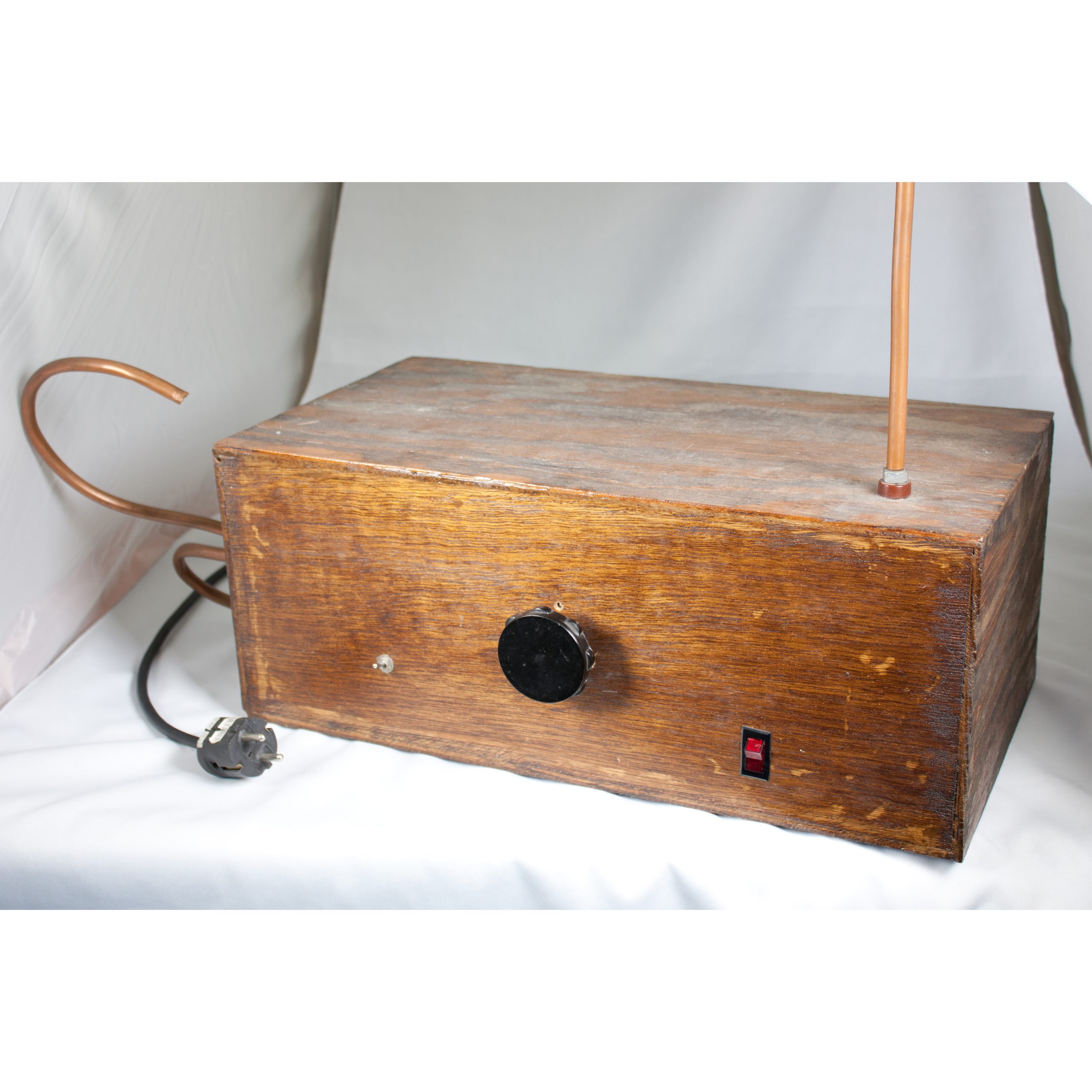
Theremin Artefacts

Symphonion music box Artefacts
Media Archaeological Fundus
written by Nikita Braguinski
The Media Archaeological Fundus (Medienarchäologischer Fundus, or MAF) is a collection of teaching and working materials held at the media theory department of the Humboldt-Universität zu Berlin. The MAF is a valuable source for historians of acoustics because of the range of mechanical and electronic devices that it contains, along with its special focus on operability and technological functioning. Media theorist Jussi Parikka has called it the “original lab” that led to the creation of other academic collections based on experimentation and “artefactual methods” of research (1).
The MAF was launched after the inauguration of the Humboldt University’s media studies program in 2003. Since then, its character and scope has been defined to a great extent by Wolfgang Ernst, professor of media theories, due to both his personal involvement in the selection, acquisition, and use of the objects and his theoretical work on media archaeology. The discipline of media archaeology is concerned with the technological foundations of discursive and cultural practices. It addresses the working principles and modes of use of everyday technologies and laboratory instruments from different eras, as well as the connections between principles and use. This is why the MAF includes objects as diverse as tuning forks, the Excelsior phonograph from the early twentieth century, and the Korg MS-10 synthesizer from the 1970s–1980s.
In line with media archaeology’s interest in the practical experience of using apparatuses and the observation that some devices reveal their meaning only in operation, students and scholars are allowed to use the MAF objects (visitors interested in working with the objects can request access from the media theory department). This contrasts with the policies of those technology museums and archives whose primary goal is to preserve the objects in their care, precluding most interactive exploration of the devices. The MAF’s focus on use means that some items are missing parts of their casing to reveal the inner structure, or need to be realigned and repaired due to continued use. Such repairs are encouraged, and indeed form part of the media theory curriculum. The collection’s open attitude is also reflected in the Fundus element of its name, which in German denotes a repository for a theater’s props and sets—a fitting label for this Humboldt University collection, as it emphasizes the aspect of active experimentation. The MAF is curated and documented by Humboldt University faculty and student assistants in the media theory department. Some of its holdings can be viewed on the collection’s website and in a series of videos (1, 2) and audio recordings, mostly made by students. As Wolfgang Ernst has said, the MAF aims to train scholars in a form of media research that is “not reduced to texts but tested against the material evidence.”
The MAF objects enable active study of technologies ranging from the mechanical devices of previous centuries to the digital ones of recent decades. The Edison phonograph, universally associated with the beginning of sound reproduction in the late nineteenth century, is among the most important examples of historical sound technology. The phonograph is based on the direct transfer of the vibration of air caused by a sound source onto a writing surface, then its playback. This idea materialized throughout the nineteenth century in multiple apparatuses by different inventors, mostly attempting to make the air vibrations visible on a moving medium. The phonograph in the MAF was made by the Excelsiorwerke in Cologne, Germany, in the early twentieth century.
Later developments of the same mechanical recording principle include the use of discs or tape instead of cylinders. The Tefifon, produced between 1950 and 1965, is an audio player that uses cartridges containing plastic tape with a vertical arrangement of grooves to represent sound. It exemplifies a branch of analog audio technology that also includes other, better-known devices, such as the phonograph or the 8-track tape cartridge. The Tefifon combines these characteristics in novel ways, introducing features that were lacking in other technologies of the era. The Tefifon was developed by Karl Daniel, who presented his first machines based on a similar concept, the Tephifon and the Teficord, in 1938. The company that made and sold the Tefifon, the Tefi Werke in Cologne, engaged in a sustained promotion campaign, producing a series of advertising brochures entitled Tefi Illu and styled as an entertainment magazine.
An electronic effect device for rock musicians, the Watkins Electric Music Copicat tape echo is well suited to the interactivity-oriented MAF collection—it is still in working order and can be played by MAF users. It creates audible repetitions of sounds with an endless tape loop. The tape echo was popular during the 1960s, undergoing a series of modifications during the decades following its creation by Charles Watkins in 1958. Using multiple tape heads set up in a row, the Copicat enables different amounts of delay between recording and playback. Similar endless loop tape recording arrangements were widely used for artistic purposes, in aeronautics (as crash recorders), and in other domains during the second half of the twentieth century.
Finally, two MAF-held devices from the late 1970s exemplify the new power of miniaturized electronics and digital technologies that distinguished their era. The Korg MS-10 analog synthesizer is a musical instrument capable of generating and modifying electronic signals, with a broad range of possible sounds. Produced by the Korg corporation in 1978, the MS-10 follows the common conception of an analog synthesizer of its day with its distinction between sound sources, sources of control voltage, and modifiers. In the digital era, a niche group of enthusiasts has often associated the analog synthesizer—like film photography and vinyl records—with a fuller, more authentic aesthetic experience. Historically, analog synthesizers are also remarkable for their intrinsic similarity with the analog computer, an early computing paradigm that has also been largely replaced by its digital counterpart.
Besides the MAF, the media theory department at the Humboldt University also hosts the Signallabor, a repository of computer technology holding mostly home computers and video game consoles from the 1970s and 1980s and curated by Dr. Stefan Höltgen. The Signallabor complements the audio technologies held by the MAF, broadening the scope of available materials related to the history of acoustics.
© 2015 – 2026 Humboldt-Universität zu Berlin





